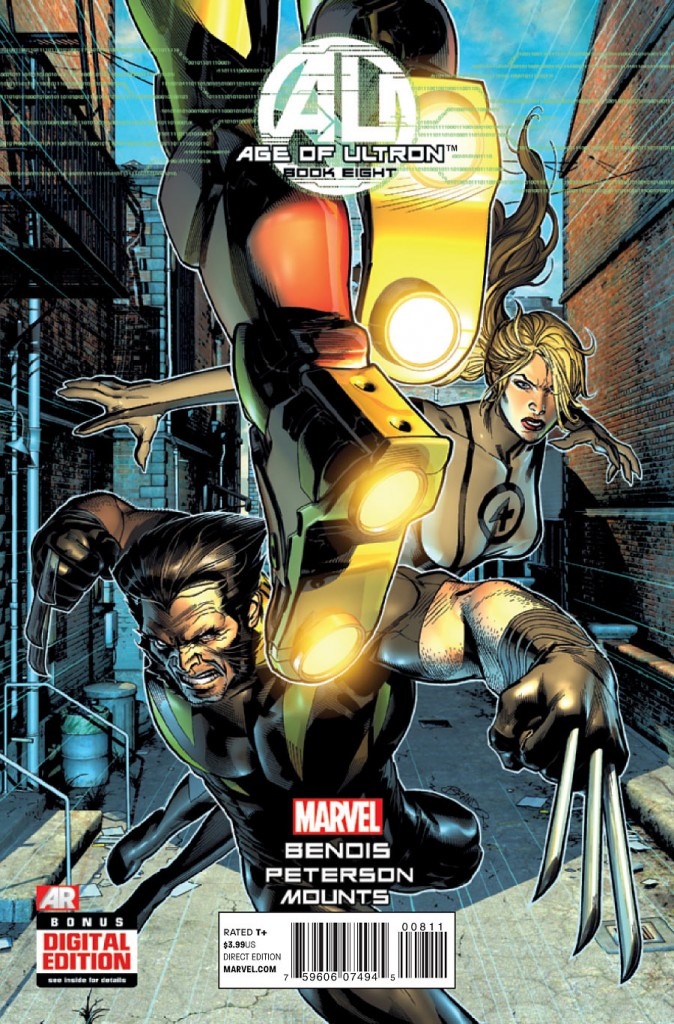
Thomas, who taught high school English in Missouri and was an avid fan of comic books before joining Marvel, carefully positioned Ultron as leader, demoting the "Masters of Evil," by making them his puppets: He also changed the characterization of evil, and helped usher in a different, darker way to tell stories that would come to full fruition in the '80s. 54 - the Klaw, Whirlwind, the Melter, and Radioactive Man - look goofy in hindsight.īut with Ultron, Thomas didn't just set the form of one of the greatest Avengers villains in history. And along with those heroes were over-the-top supervillains who'd never be mistaken for werewolves, vampires, or zombies. One thing the Code allowed for, however, was superheroes, who began filling comics pages again. Though there was no penalty for violating the Code, distributors only wanted to sell comics bearing its seal. "Good," the rules demanded, "must triumph over evil." Furthermore - and this is where the rules tipped into the Orwellian - there could be no sympathy created for criminals, nor disrespect of the sanctity of marriage. What it did was defang and neuter comic books and bind the industry's artistic creativity.Īccording to the new Comics Code, covers could not even include the words horror and terror under no circumstances were zombies, vampires, ghouls, or werewolves permitted to appear anywhere in the comics. The Comics Code aimed to change public perception of comic books by removing the industry's gory bits. It created one of the most damaging documents the industry has ever seen: the Comics Code. With a public relations nightmare looming, surviving comics publishers banded together in September 1954 to form what's known as the Comics Magazine Association of America. Sean Howe, author of Marvel Comics: The Untold Story, points out that 15 publishers went out of business that summer.


This hearing soured the American public's view of comic books as art. The US Senate cobbled together a subcommittee in April of 1954 to address the growing "problem" of comic books and their "effect" on juvenile delinquency. With the rising popularity of the latter, adults began tying juvenile delinquency to comic books. In the years following WWII, there was a rise of superheroes who got their powers from nuclear explosions, as well as a rise in comic books about war, crime, and horror. Comics have always reflected reality - even if only subconsciously.


 0 kommentar(er)
0 kommentar(er)
